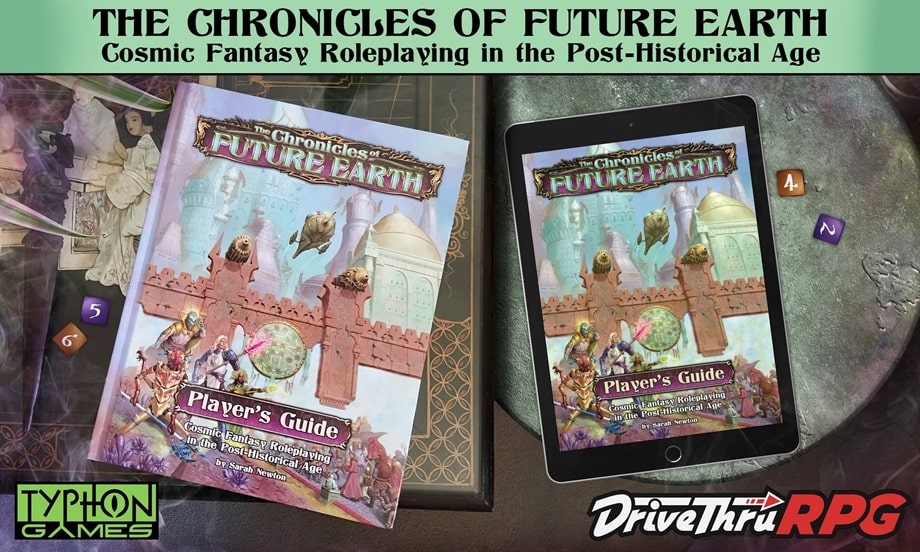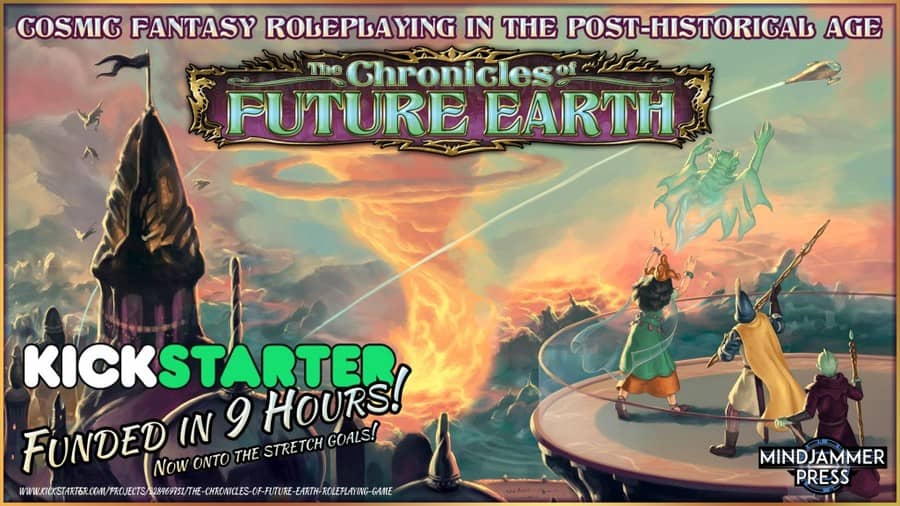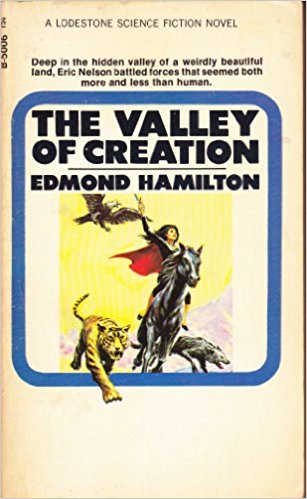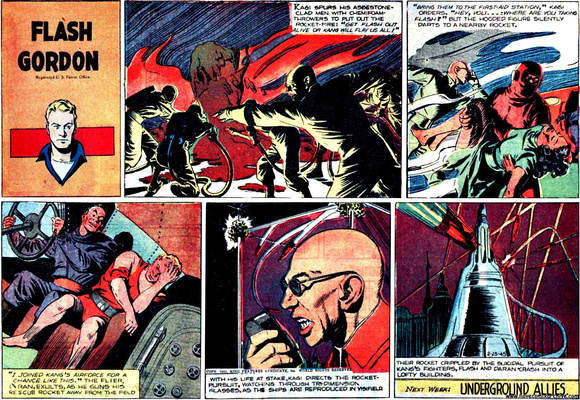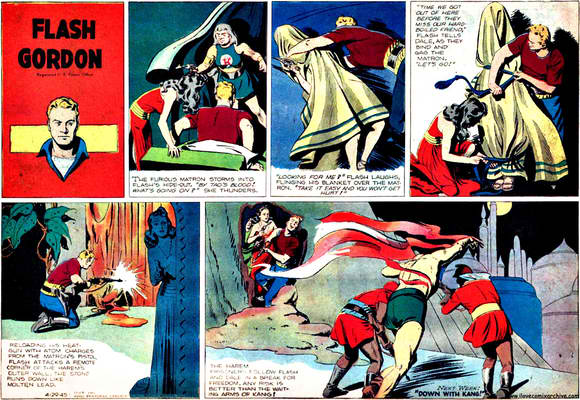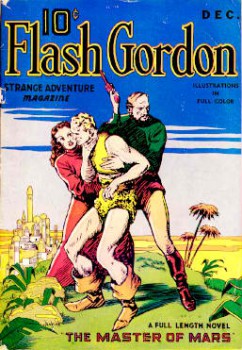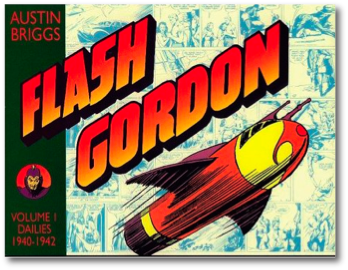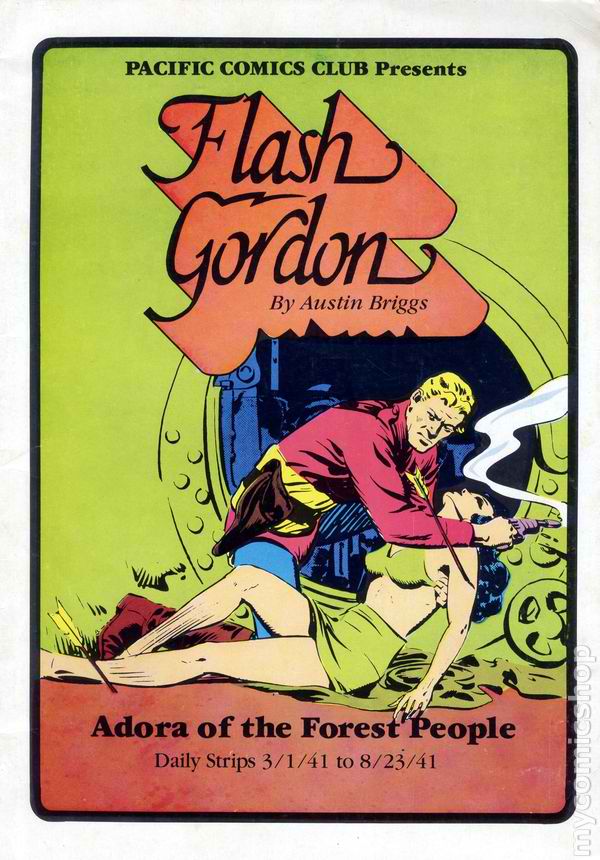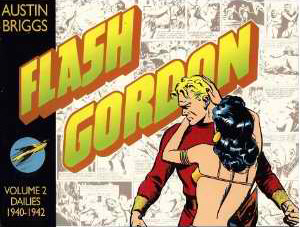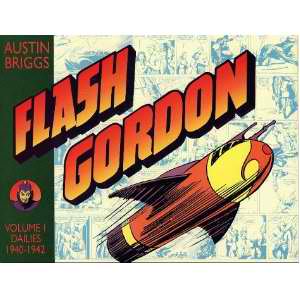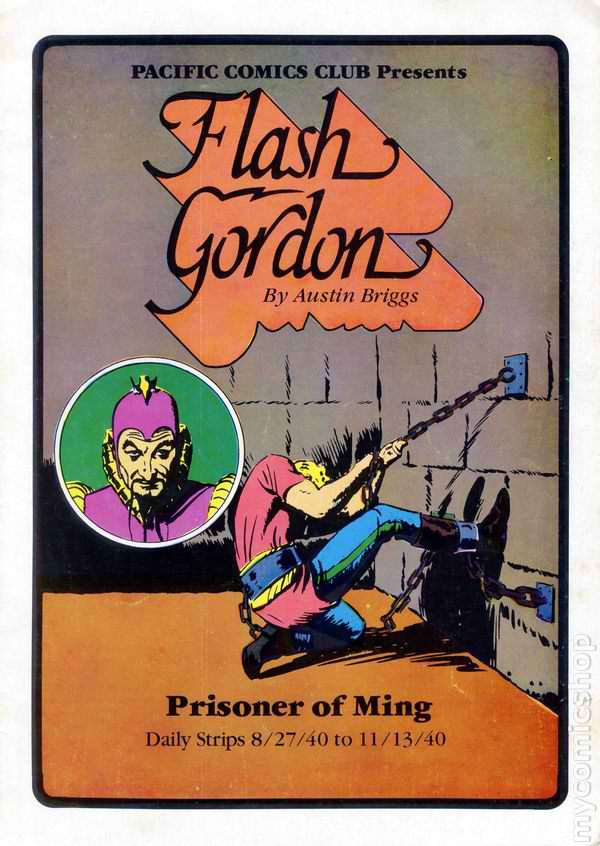The Chronicles of Future Earth Player’s Guide – Out Now!
Way back in 2018, I wrote an article for Black Gate about the Kickstarter we were running for my science-fantasy roleplaying game, The Chronicles of Future Earth. Subtitled “Cosmic Fantasy Roleplaying in the Post-Historical Age”, it was a world of long-forgotten ancient technologies, strange mutated monsters, gods, demons, and weird intelligent species fighting against forces of entropy and domination threatening to destroy reality. Using a radical new version of the Fate Core rules system, it was a setting which had inspired me for over twenty years, I’d published a novel in the setting, written RPG adventures and supplements, short stories, and more. Now it was going to be a massive standalone roleplaying game in its own right. I was excited. The Kickstarter funded 225% of its goal. It was going to happen.
Then, my husband was diagnosed with cancer, died, and my life exploded. No warning, fast, brutal. For several years I wandered lost, unable to even read more than a few pages, let alone write. But time and the friendship of good people, the support of the fantasy, SF, and RPG communities, all worked their magic, and slowly I recovered. Last year I published a “superheroic swords and sorcery” RPG called The Lair of the Leopard Empresses. This year, at last, and with an entire new company, Typhon Games, I published the first book in The Chronicles of Future Earth RPG — the Player’s Guide. John and the Black Gate team have very kindly had me back to give you an update on how the far future of planet Earth is looking, almost six years on!
